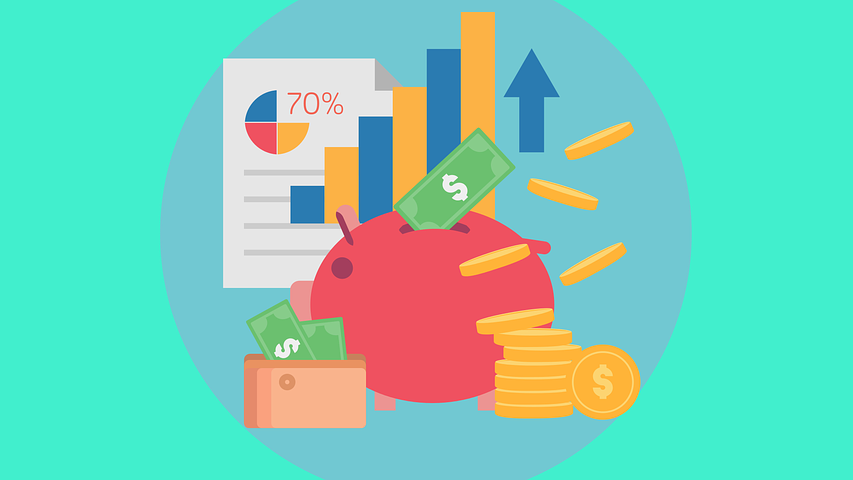By: Pamela Martinez, JBS Corp
We know debt happens; personal loans (e.g., mortgages, student loans, car loans) don’t always turn out as planned, and not every business venture is successful. But, what happens when your finances are tight and employing debt repayment strategies such as the snowball method aren’t enough anymore? Whether you’ve taken out too many loans that are becoming difficult to pay down or if you’re a business owner who’s not producing enough revenue to cover bills, there are options available before taking the plunge and filing for bankruptcy—beginning with debt restructuring.
Debt Restructuring
Debt restructuring is a process that allows financially struggling individuals and businesses to renegotiate the terms of a loan with creditors to reduce existing debt. Individuals struggling to pay debts such as mortgages or car loans have the option to refinance their debts. Refinancing replaces an existing loan with a new one, allowing debtors to extend repayment terms and more time to pay off said debt, reducing the remaining balance and reducing the interest rate, which provides time to straighten out finances repay debts. Coupled with a more in-depth look at cash flow reports by creditors, the same options are available for businesses. They are also favorable options that may allow businesses to operate normally while paying off their debts.
Finally, the ultimate restructuring option, the monster under-the-bed for adults and business owners, is bankruptcy. Specifically, chapter 11 and chapter 13 bankruptcy. But, before we dive into bankruptcy, let’s go over some of the pros and cons of restructuring your debt.
Pros & Cons of Debt Restructuring
Pros:
- Reduced interest rates
- Reduced debt amount
- Reduced monthly payments
- Businesses can remain open
Cons:
- Negatively impacts credit score
- Limits on what debts that can be restructured (e.g., student loans are unqualifiable debts)
- Tax liability on the reduced balance. This means that if an amount greater than $600 was forgiven from your balance, you are liable to pay the taxes on the forgiven amount by rule of the IRS.
Notable: The exception to the rule is if you can prove insolvency (i.e., inability to pay).
Bankruptcy
This option should serve as a last resort. However, if your personal or business debt is overwhelming, and you see no feasible way out, it might be time to file for Bankruptcy. Bankruptcy is the federal legal process that individuals or companies pursue to either absolve them of some or all of their debts. There are three types of bankruptcy individuals and businesses have the option of filing; chapter 7 (individuals and businesses), chapter 11 (businesses), and chapter 13(individuals and businesses).
Chapter 7 bankruptcy, also referred to as liquidation, is an available option for individuals who cannot maintain regular payments on their debts and businesses whose debts are overwhelming beyond repair. Essentially, Chapter 7 bankruptcy provides debtors with a “clean slate” by absolving them entirely of their debts. But it will do so by seizing assets (e.g., properties and vehicles) to pay back creditors and will negatively impact your credit score—remaining on your credit report for seven years. For businesses who wish to stay open, chapter 7 bankruptcy may be an unfavorable option, for it will result in the closure of your business.
Chapter 11 bankruptcy is the debt reorganization option available for businesses and corporations. The U.S. Courts state that through chapter 11: “debtors may seek an adjustment of debts, either by reducing the debt or by extending the time for repayment or may seek a more comprehensive reorganization.” Though it doesn’t relieve businesses entirely of all their debts, it does provide them with enough relief options to give the business a fresh start.
Chapter 11 is the best option for businesses who still hope to survive because it enables businesses to continue their operations while repaying their debts. A perfect example of what it can look like when a corporation files for chapter 11 bankruptcy is Hertz Car Rental, who recently filed for chapter 11 back in May of this year.
Chapter 13 bankruptcy, also known as a wage earner’s plan, is a debt reorganization option available for individuals who maintain a steady income and unincorporated businesses whose unsecured debts are below $394,725 and secured are below $1,184,200. For individual’s Chapter 13 can offer than repayment options that, for example, enable them to keep their homes and terminate foreclosure proceedings, and that do not seize other assets. For businesses, chapter 13 offers the same relief and allows for regular business operations to continue. However, one of the downsides is that Chapter 13 negatively impacts your credit score and stays on your report for 10 years.
Pros & Cons of Debt Restructuring
Pros
- Will eliminate some or all debt
- Provides a fresh start
- Chapter 11 and 13 bankruptcy allow businesses to remain open
Cons
- Expensive process—you’ll have to hire an attorney
- Will stay on a credit report for 7-10 years, then you will begin with no credit again (just like when you were 17yrs old)
- The potential loss of assets
- Obtaining a loan in the future will be difficult
- Chapter 7 bankruptcy forces businesses to end operations for good




